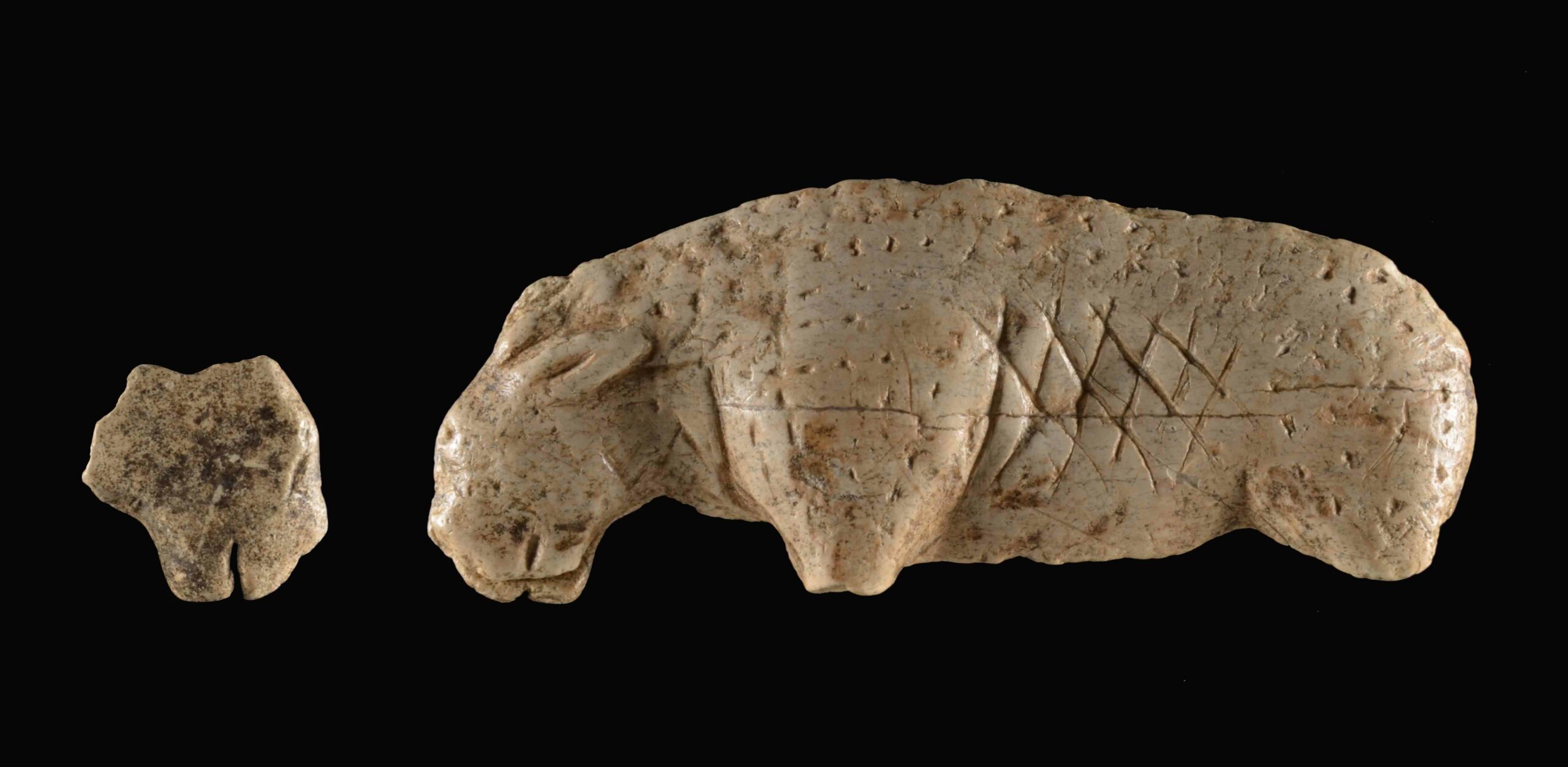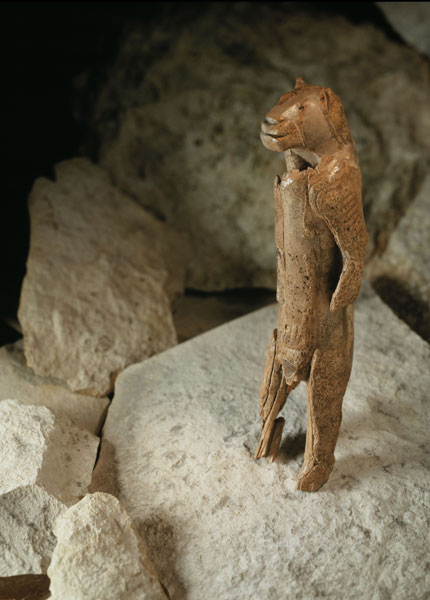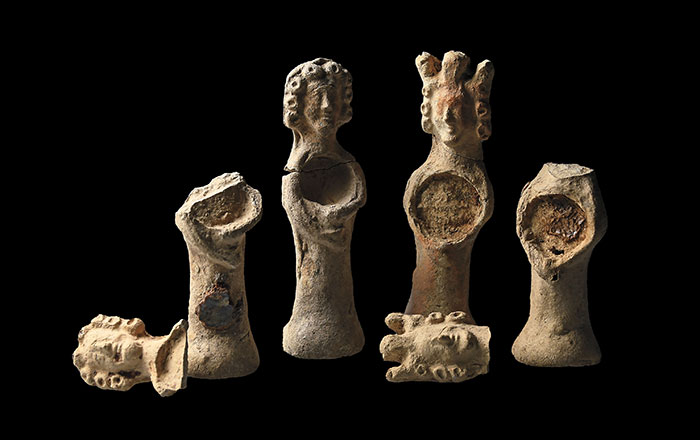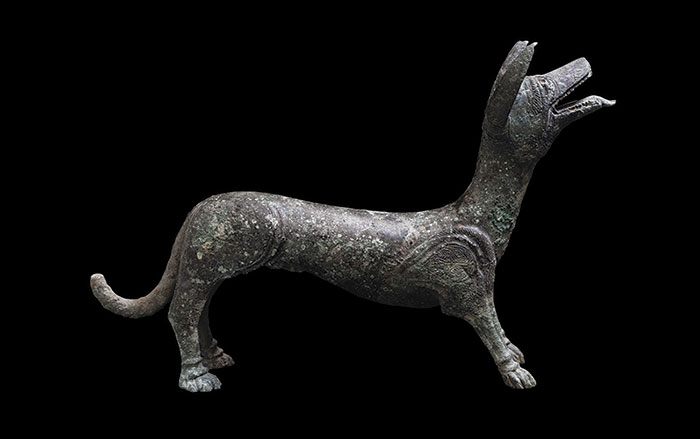
LEIDEN, NETHERLANDS—Veterinarian Luc Janssens of Leiden University recently examined the dog remains discovered in a Paleolithic grave in western Germany in 1914, and found that the younger of the two animals in the grave had suffered from canine distemper, according to a Live Science report. Analysis of the pup’s teeth revealed it had suffered from two or three bouts of the serious viral illness, which is marked by symptoms such as fever, lack of appetite, dehydration, fatigue, diarrhea, and vomiting in its first phase, to be followed by stuffy nose, laryngitis, and pneumonia. If a dog survives the second phase of the disease, it can then experience neurological problems and seizures. Janssens says the animal would have required intensive care from its human companions, and would not have been of any practical use as a working animal while it was ill. When combined with the fact that the dogs’ remains had been included in a human grave, which also contained a bone pin, a sculpture of an elk made from elk antlers, a bear’s penis bone, and a red-deer tooth, the pup’s condition suggests there had been an emotional bond of care between the species. To read about a Roman dog statue discovered in England, go to “Artifact.”











